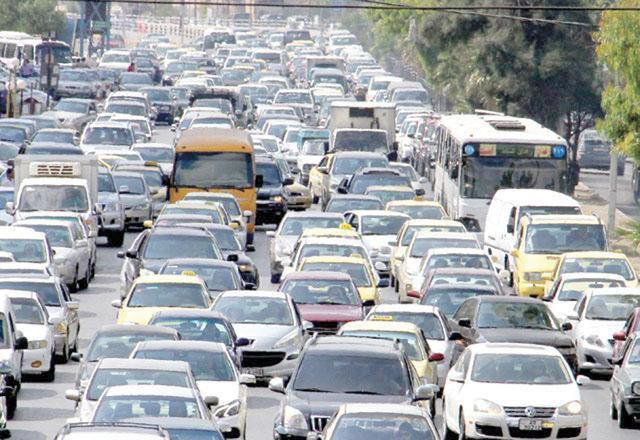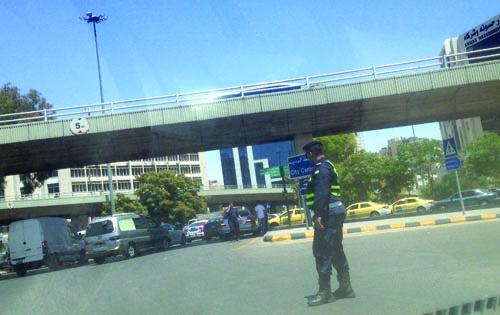You are here
Turning off red-light cameras can be deadly
By AP - Jul 28,2016 - Last updated at Jul 28,2016

Photo courtesy of wordpress.com
WASHINGTON — Red-light cameras are widely hated, but a new study says getting rid of them can have fatal consequences.
Traffic deaths from red-light-running crashes go up by nearly a third after cities turn off cameras designed to catch motorists in the act, according to a study by the Insurance Institute for Highway Safety. The institute is funded by auto insurers.
While cities continue to add cameras at intersections with traffic signals, at least 158 communities have ended their red-light camera programmes in the past five years, the study said.
Researchers compared trends in annual crash rates in 14 cities that had ended their camera programmes with those in 29 cities in the same regions that continued their camera programmes.
They found that, after adjusting for other factors, red-light-running crashes went up 30 per cent.
Further, all types of crashes at intersections with traffic signals went up 16 per cent. That finding suggests that red-light cameras deter other behaviour by motorists, not just red-light running, said Wen Hu, co-author of the study.
A second part of the study compared fatal red-light-running crashes in 57 cities with camera programmes to 33 cities that haven’t introduced cameras, finding that the rate of such crashes was 21 per cent lower in cities with cameras. The rate of all types of crashes at intersections with traffic signals was 14 per cent lower when cameras were present.
“Debates over automated enforcement often centre on the hassle of getting a ticket and paying a fine,” said the institute’s president, Adrian Lund. “It’s important to remember that there are hundreds of people walking around who wouldn’t be here if not for red-light cameras.”
Dozens of communities have ended their red-light camera programmes in recent years amid complaints that they are designed primarily to raise money through tickets rather than to enhance safety. Courts in some states have sided with motorists against camera programmes.
Jake Nelson, the AAA automobile club’s research director, said the club supports the use of red-light cameras if they’re used properly, meaning data show the need for them at particular intersections — usually, a high number of fatalities. And money collected through the program should be used exclusively for traffic safety programmes, he said. But when those tests aren’t met, AAA has joined with opponents in some communities to oppose them.
A motorist who runs a red light risks a T-bone crash where the front of one vehicle slams into the side of another. Those crashes are among the most likely to result in death or serious injury.
Other studies have shown that red-light cameras increase the likelihood of rear-end crashes as motorists race through yellow lights only to run into the back of a vehicle on the other side of the intersection. But rear-end crashes are more likely to be minor, with far fewer fatalities and injuries than T-bone crashes.
Related Articles
AMMAN — Between 2017 and 2022, a total of 3,511 individuals have died due to traffic accidents in Jordan.The Public Security Directorate’s (
The Traffic Department registered 2,530 instances of motorists ignoring red lights since the beginning of December, according to the Public Security Department (PSD) media office.
The Traffic Department registered 2,530 instances of motorists ignoring red lights since the beginning of December, according to the Public Security Department (PSD) media office.













